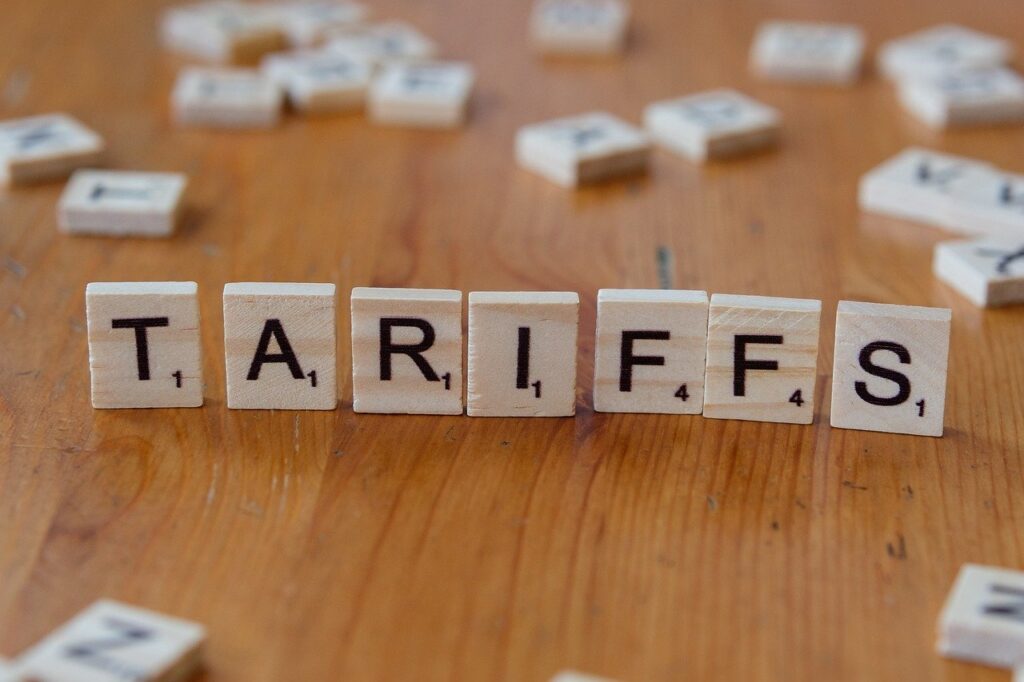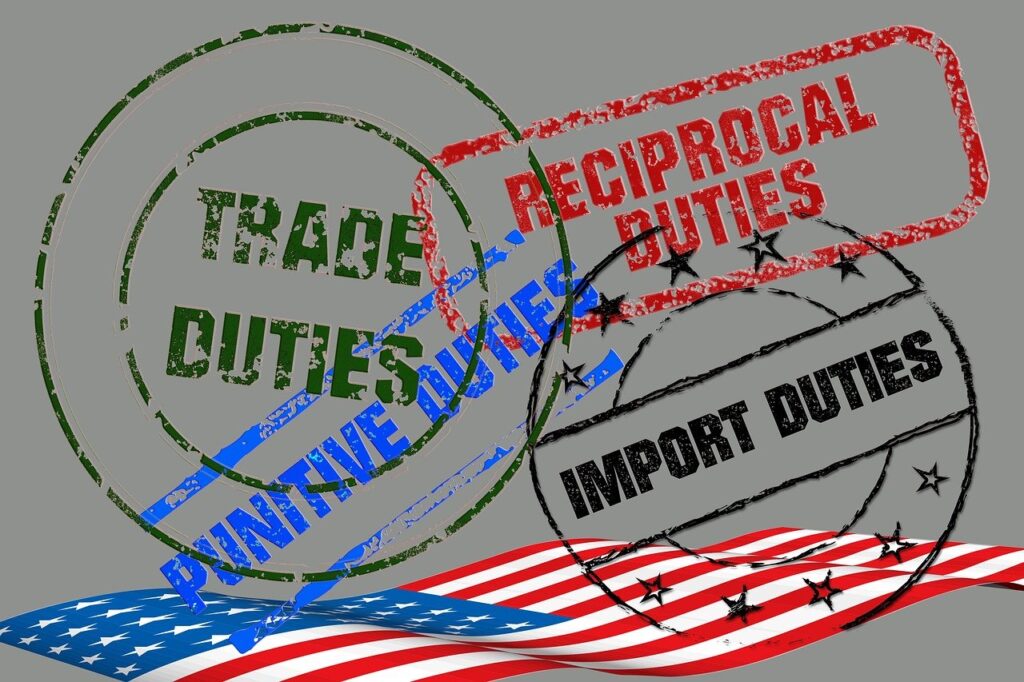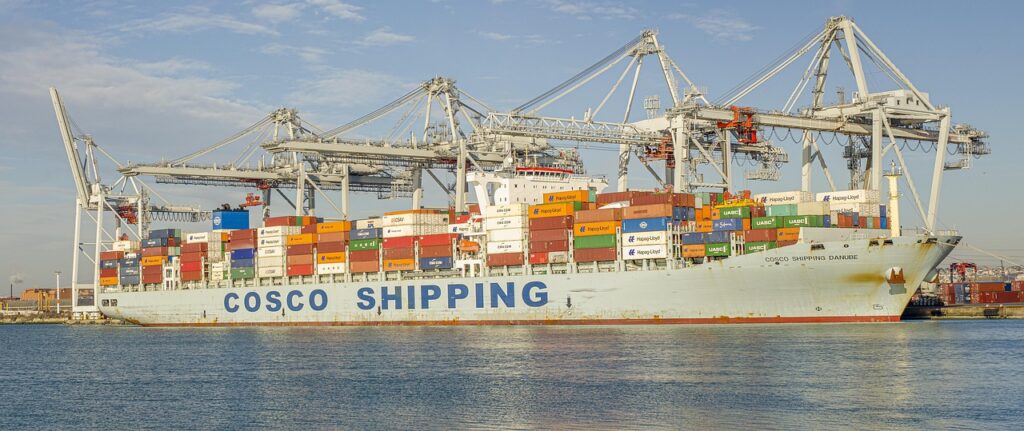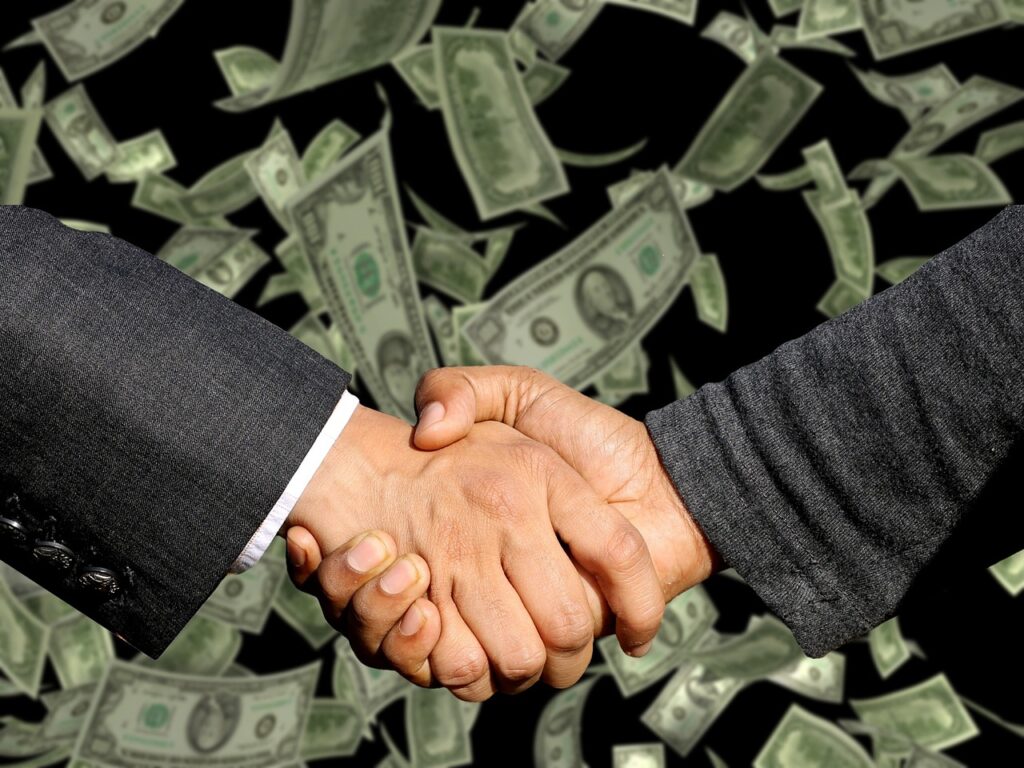
Few figures stir the pot quite like Donald J. Trump in the arena of global trade. Whether you see him as a master negotiator or a bull in a China shop, Trump’s recent return to tariff talk has reignited a fierce debate on economic nationalism, manufacturing revival, and global power dynamics.
During his first term, President Donald Trump imposed tariffs on various imports, notably targeting China with taxes on most of its goods. These actions led to retaliatory tariffs from China on U.S. products, including agricultural goods and automobiles. Mr Trump also used the threat of additional tariffs to renegotiate trade agreements, resulting in the U.S.-Mexico-Canada Agreement (USMCA) replacing NAFTA.

In his current term, President Trump has expanded his tariff strategy, implementing a 10% universal tariff on all imports and higher rates for countries with significant trade deficits with the U.S., such as China. He has also imposed tariffs on specific sectors, including steel, aluminum, semiconductors, and pharmaceuticals, citing national security concerns.
Tariff History in the United States
The idea of using tariffs as a bargaining chip in international negotiations is not new—and its success has been mixed throughout history. Presidents like William McKinley and Herbert Hoover embraced protectionist tariffs in the early 20th century, but with very different outcomes. McKinley’s tariffs helped bolster American industry during a time of expansion, but Hoover’s infamous Smoot-Hawley Tariff Act of 1930 contributed to a global trade war and deepened the Great Depression. More recently, Ronald Reagan imposed targeted tariffs on Japanese electronics and motorcycles in the 1980s, which did bring about some concessions and trade adjustments. However, these gains were often temporary and came at the cost of consumer price increases.

For much of its early history, the United States relied almost entirely on tariffs to fund the federal government. From the late 18th century through the 19th century, taxes on imported goods—known as customs duties—provided the bulk of federal revenue, often accounting for over 90% of the government’s income. This system was formalized with the Tariff Act of 1789, which became the young nation’s first significant revenue law. For decades, tariffs served as both a financial foundation and a means of protecting emerging American industries. However, this began to change in the early 20th century with the ratification of the 16th Amendment in 1913, which allowed Congress to collect income taxes directly from citizens. The shift was driven by growing government expenditures, increasing economic complexity, and a desire for a more stable and flexible source of revenue. As a result, income taxes gradually replaced tariffs as the primary funding mechanism for the federal government, especially as the U.S. expanded social programs and military spending in the 20th century.

The Trump Tariff Doctrine—What’s the Big Idea?
At the core of Trump’s trade strategy is a familiar rallying cry: “America First.” His stated goal? Rebuild U.S. manufacturing, reduce reliance on foreign (especially Chinese) goods, and create American jobs by pressuring companies to move production back home. In his own words, Trump says tariffs are not only a tool for punishment but also a “powerful weapon” for negotiation—a means to force trading partners to the table on America’s terms.
His most recent push includes proposals to extend or reimpose tariffs on electric vehicles, solar panels, and semiconductors from China—industries he believes are being propped up by unfair subsidies abroad and slowly strangling American competition. He’s also floated the idea of a universal baseline tariff on all foreign goods—essentially a toll for crossing the U.S. border.

Scoreboard: What’s Worked?
The Trump tariff strategy has delivered several visible wins:
- Renegotiated Trade Deals: Trump’s tariff threats brought Mexico and Canada to the table, resulting in the United States–Mexico–Canada Agreement (USMCA), which replaced NAFTA and included stricter labor rules and protections for American auto workers.
- Increased Domestic Investment: Some U.S. manufacturers, particularly in steel and aluminum, saw short-term boosts after tariffs were imposed on imported metals. Plants reopened. Jobs trickled in. For a time, the rust belt had reason to cheer.
- Political Leverage: Trump has used tariffs as both a sword and a shield in international diplomacy. During his presidency, tariffs often preceded negotiations—and, in a few cases, results.
The Flip Side: Challenges and Costs
However, success, as always, comes at a cost—and in the tariff world, that cost has often fallen on the very consumers and industries Trump vowed to protect.
- Higher Prices for Americans: Importers—usually U.S. companies—pay tariffs, and those costs often trickle down to consumers. From washing machines to farm equipment, prices jumped in many sectors.
- Retaliation Abroad: China and other nations didn’t take Trump’s policies lying down. They slapped their own tariffs on U.S. exports, hurting American farmers and prompting a multibillion-dollar bailout to offset the damage.
- Market Uncertainty: Business leaders across industries complained about the unpredictability of Trump’s tariff moves, which they said made long-term planning difficult and discouraged investment.
- Mixed Economic Results: Despite some manufacturing gains, the broader economic picture is murky. Job growth in key sectors like steel hasn’t matched expectations, and some industries—particularly agriculture and technology—have struggled under retaliatory pressure.

How Will He Do It (Again)?
Trump’s strategy hinges on shock and leverage. He plans to:
- Impose Blanket Tariffs: Introduce a baseline tariff—reportedly around 10%—on nearly all imported goods.
- Use Targeted Punishment: Escalate tariffs on specific countries (especially China) or industries to force trade policy changes.
- Negotiate from Strength: Use tariffs as bargaining chips to secure better deals or concessions, similar to his USMCA playbook.
- Promise Tax Offsets: Suggest tax breaks or subsidies to ease the pain for U.S. businesses and consumers hurt by rising import costs.
President Trump believes this approach will end the “decades-long fleecing” of American workers and industries. Others argue it’s a blunt instrument that often causes more collateral damage than precision impact.

Final Word: Tactical Tool or Political Folly?
Whether Trump’s tariff revival is an effective long-term strategy or a political gambit remains hotly contested. What’s clear is this: tariffs have become more than just an economic lever—they are now a defining symbol of Trump’s America-first identity. While there have been successes, the long-term impact is yet to be seen.



